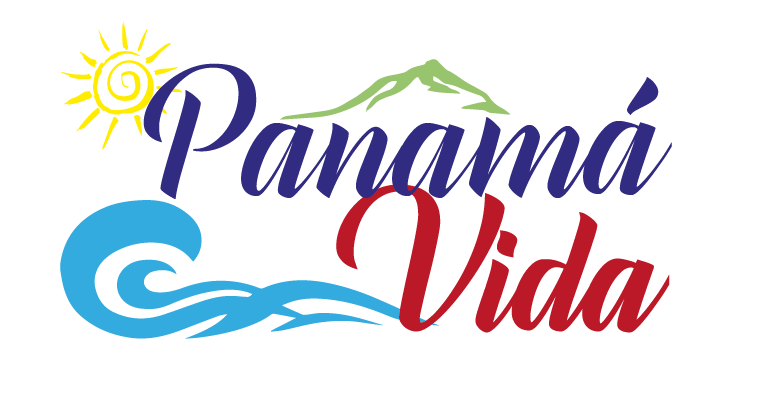
Panama, or the Republica de Panama, is a beautiful country of tropical rainforests, small villages, sandy white beaches and the most cosmopolitan international city in Central America. Their Pan-American Highway and 21 airports makes travel throughout the country quite easy.
The capital, Panama City, is both a vibrant metropolitan area as well as a gateway to nearby beaches and tropical escapes. Panama is a regional hub of trade, immigration and, above all, tourism.
The country of Panama is the isthmus connecting Central America to South America. Bisecting the nation at its narrowest and lowest point is the Panama Canal, providing ships a faster way of traveling from the Atlantic to the Pacific Ocean and back again.
Panama’s history
Panama’s history is an ancient one. The native peoples established villages here long before the advent of Spanish and European explorers. Panama has been a colonial settlement, a part of Colombia, and a land many governments wished to control. Today it is an independent nation with a government that is a constitutional democracy.
Tourism and economy in Panama
When Panama is mentioned many people think of the Panama Canal. While the Canal is an important part of the country’s identity. Panama is much more than its most commercially productive venture (the Panama Canal.)
Agricultural exports plus international banking and trade also flourish here. Tourism is an important part of the nation’s economy and there is much for the visitor to experience and enjoy in this beautiful tropical country.
People of Panama
Visitors to Panama City may be surprised to discover it is home to almost half of the nation’s total population of approximately 3,600,000 people. The rest live in smaller towns and villages throughout Panama’s five regions and ten provinces. Here are some interesting facts about Panama and its people.
Panamanian culture, food, and crafts
Each of Panama’s ten provinces, five regions, and three indigenous peoples areas have rich and varied cultural traditions, dress, music and food.
Panama – country at a glance
| Largest City | Panama City |
| Total area | 75,420 sq km |
| Population | 3,753,142 (July 2017 est.) |
| Suffrage | 18 years of age; universal |
| Official Language | Spanish |
| Borders | Colombia and Costa Rica |
| Demonym | Panamanian |
| Currency | Balboa (PAB) United States dollar (USD) |
| Religion | Roman Catholic |
| Life expectancy | 78.6 Years (2016) Life expectancy at birth indicates the number of years a newborn infant would live if prevailing patterns of mortality at the time of its birth were to stay the same throughout its life. |
| Climate | tropical maritime; hot, humid, cloudy; prolonged rainy season (May to January), short dry season (January to May) |
| Literacy rate | 95% |
| Terrain | interior mostly steep, rugged mountains with dissected, upland plains; coastal plains with rolling hills |
| Natural resources | copper, mahogany forests, shrimp, hydropower |
| Agricultural land | 30.5% |
| Birth rate | 17.9 births/1,000 population (2017 est.) |
| Death rate | 4.9 deaths/1,000 population (2017 est.) |
| Sex ratio | 1.01 male(s)/female (2016 est.) |
| Government type | presidential republic |
| President | Juan Carlos Varela |
